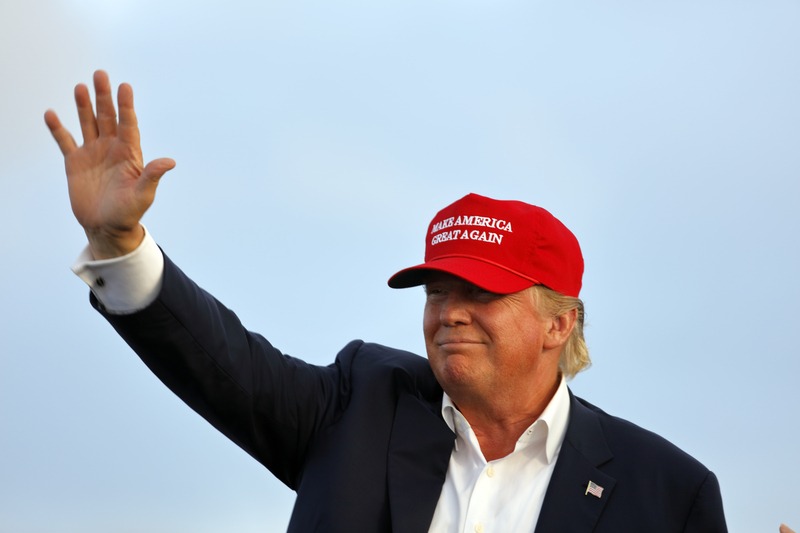At a White House Black History Month reception on February 20, 2025, President Donald Trump reignited debates around presidential term limits by hinting at a possible third term run, despite clear constitutional restrictions against such a move.
“Should I run again? You tell me?” Trump queried the attendees in the East Room of the White House. As his supporters responded with fervent chants of “four more years,” Trump recognized the provocative nature of his proposal, humorously stating, “There’s your controversy right there.” He chuckled, predicting the clip’s appearance on evening news broadcasts.
This latest suggestion from the president to prolong his term coincides with a resolution introduced by Representative Andy Ogles (R-Tenn.) in the House of Representatives. The resolution aims to modify the Constitution to allow Trump, and future presidents, to pursue another term. When presenting the resolution, Ogles argued that Trump alone could halt the country’s deterioration and restore its greatness, contending that he requires more time to achieve this mission. Nonetheless, the resolution is likely to face significant challenges—it must secure a two-thirds majority in the House and Senate before reaching the states, where it would need approval from three-fourths to be enacted.
Legal scholars and constitutional experts stress that the 22nd Amendment provides no ambiguity surrounding presidential term limits. The amendment plainly stipulates: “No person shall be elected to the office of the President more than twice, and no person who has held the office of President, or acted as President, for more than two years of a term to which some other person was elected President shall be elected to the office of the President more than once.”
Trump’s repeated hints about exceeding two terms have incited strong criticism from Democratic legislators. Representative Dan Goldman expressed apprehension over Trump’s tendency to “joke” about unconstitutional or autocratic concepts, warning that such ideas could gradually become accepted among his followers. Goldman cautioned that even if these proposals are made in jest, they could erode democratic standards.
Several theoretical routes have been identified by legal experts that Trump or his supporters might explore to extend his presidency: formally amending the Constitution, exploiting potential loopholes in the 22nd Amendment, or challenging its interpretation in court. However, these strategies likely face considerable legal and political obstacles, making success improbable. State officials and courts would likely obstruct any attempt to include Trump on the ballot for a third term.
The tradition of presidential term limits in America started with George Washington’s conscious decision to retire after two terms. This precedent remained largely unbroken for over a century. The norm was disrupted when Franklin D. Roosevelt secured four consecutive terms during the overlapping crises of the Great Depression and World War II. This led directly to the ratification of the 22nd Amendment in 1951, formally instituting the two-term limit that is still in effect today.
Trump, who would begin a potential third term at 82 years old, has made similar remarks about extending his presidency in recent meetings with House Republicans. Having served two non-consecutive terms, Trump has already attained a unique status in American presidential history, joining Grover Cleveland as the second president to achieve this feat.
During the Black History Month reception, where he alluded to the possibility of a third term, Trump also criticized the Biden administration’s approach to historical education. He specifically opposed what he described as an attempt to “reduce all of American history to a single year: 1619,” referencing The 1619 Project.
The 1619 Project is an extensive journalism initiative by “The New York Times Magazine” that began in August 2019 to commemorate the 400th anniversary of the first enslaved Africans’ arrival in colonial America. Developed by journalist Nikole Hannah-Jones, the project aims to reshape U.S. history by focusing on slavery and its enduring impact on the national narrative.
The Black History Month event underscored persistent debates over diversity and inclusion initiatives, as Trump defended his administration’s executive orders aimed at such programs in government agencies and other institutions.











